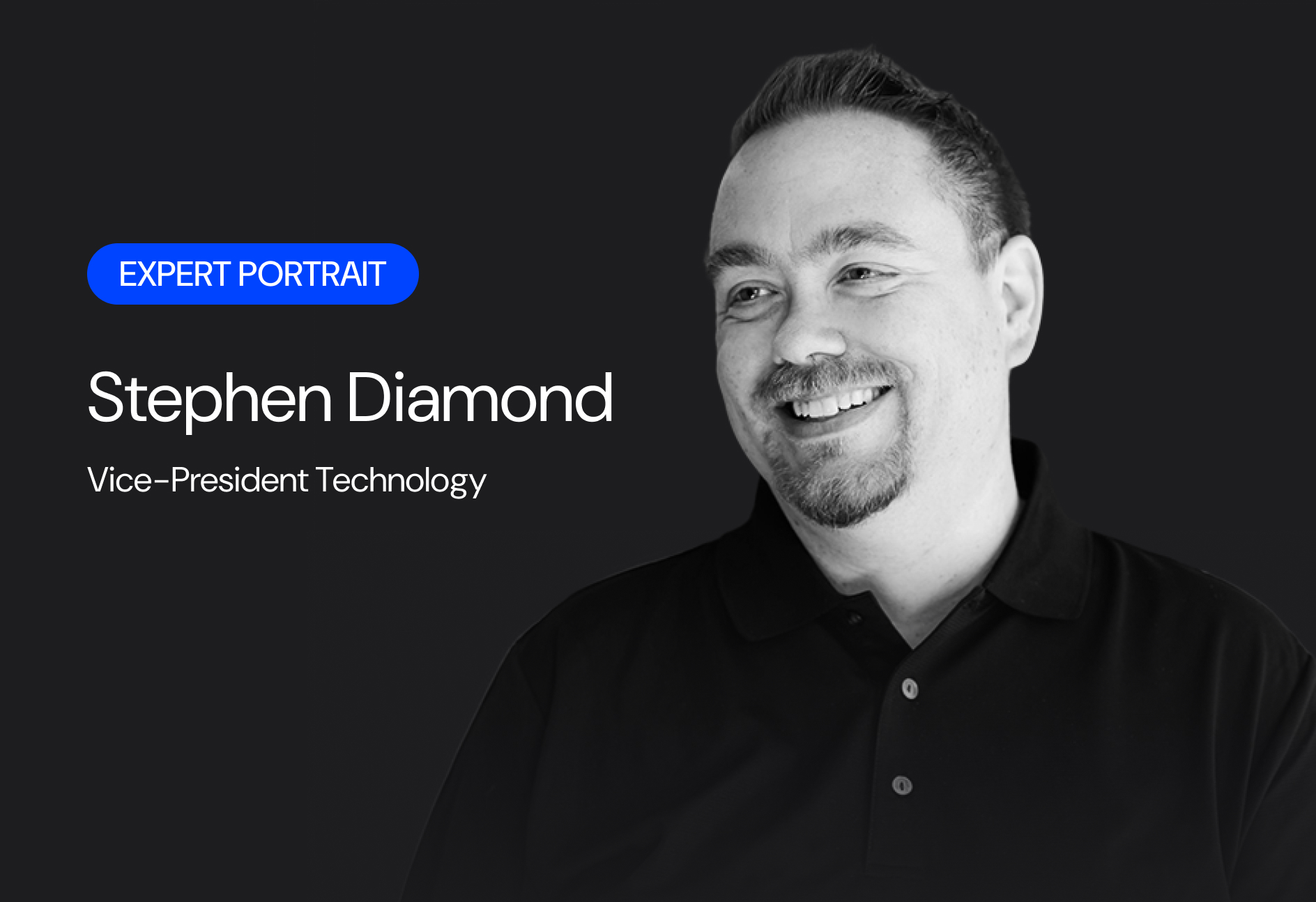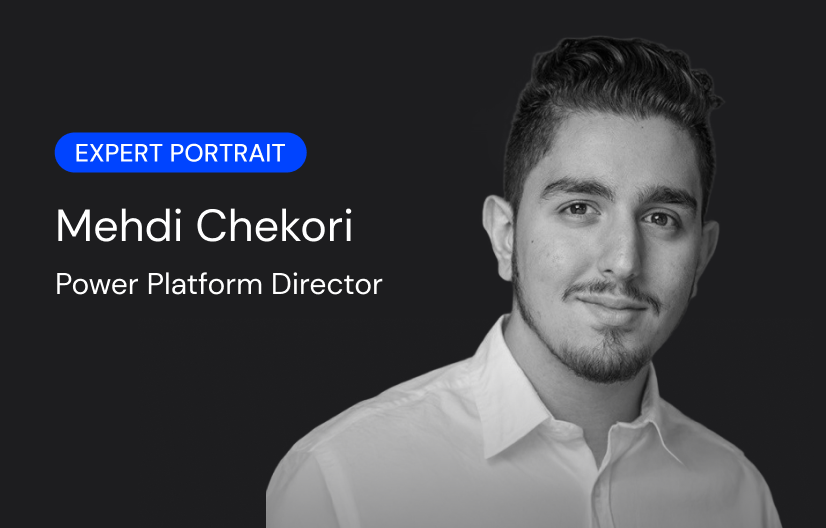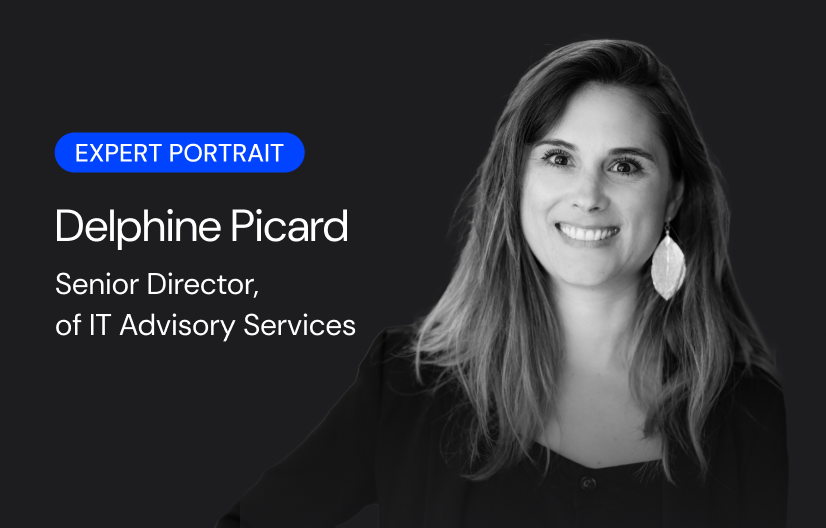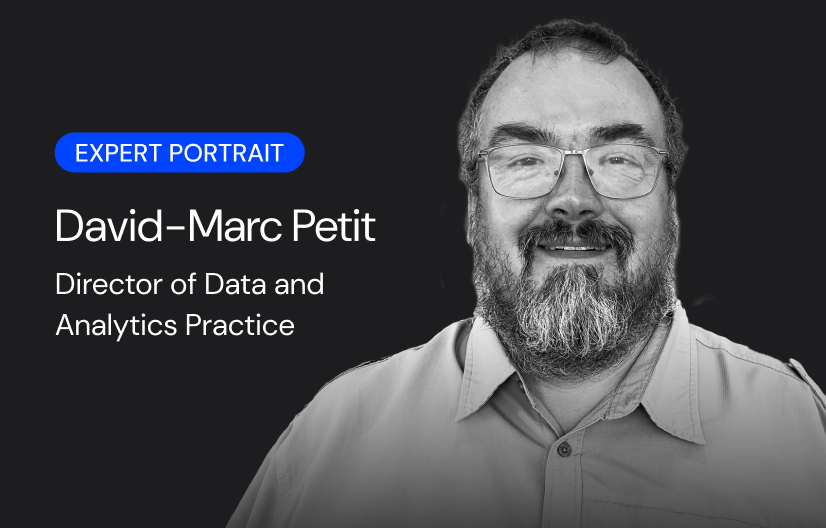
Expert Portrait: Stephen Diamond, Vice President of Technology
Having entered the tech world at the turn of the millennium, it’s safe to say Stephen Diamond has navigated several waves of innovation, from the rise of systems we now call “legacy” to the explosive emergence of artificial intelligence. Now Vice President of Technology at Logient, he shares his journey, his role, and his outlook on the future of the tech industry.
Hi Stephen! First off, can you tell us about your career path and how you became VP of Technology at Logient?
Of course! My journey started around the year 2000. I began my career working on legacy system migration projects, including COBOL-based systems. My first major project was migrating the 911 dispatch system for a police department in Riverside, California. That project showed me the real-world impact of my work, which was incredibly motivating.
Over the years, I moved through a variety of roles from developer to consultant, then into management and technology advisory positions. I joined Logient in 2012 as an architect and gradually advanced to my current role as VP of Technology.
Why did you choose to go into technology?
I’d say it’s the ability of technology to solve real problems and improve people’s lives. I especially enjoy working in a service environment, where the goal is to help others. The diversity of challenges and the constant opportunity to learn something new are also big drivers for me in this field.
What are the main challenges you face in your role to help Logient stay competitive in the industry?
Definitely keeping pace with the fast-moving world of technological innovation. AI is clearly booming, but it’s important to integrate it in a smart, ethical way. You don’t adopt it just to ride the wave. It’s easy to get caught up in the hype and apply new technologies to problems they’re not suited for. Blockchain is a great example: it has legitimate use cases, but it was pushed into all kinds of solutions without solving actual problems.
AI also raises ethical and environmental concerns that must be considered during adoption.
Managing client expectations around these evolutions is key. We need to understand their needs and guide them toward the right solutions based on their context, factoring in both human and financial constraints. Our solutions must be scalable and adaptable to our clients’ evolving realities.
Security, of course, remains a major concern, especially given the growing number and sophistication of cyberattacks. AI has helped us develop new tools to counter these threats, but it’s also being used by bad actors to find new ways to attack. That’s why we need strong security measures to protect our clients’ data and systems.
How do you choose the technologies that best fit your clients’ needs?
Technology consulting starts with a clear understanding of the client’s needs and constraints. It always begins with business and human challenges, and it’s through the right questions that we can accurately identify the problems to solve. Once those are clear, we evaluate the available tech solutions and recommend those that best fit the client’s specific context.
The evaluation goes beyond technical performance or features. We also factor in human and financial dimensions. It’s about finding the right balance between cost, availability, performance, and robustness.
What are the most common risks in tech projects, and how do you anticipate them?
I’d say underestimating a project’s complexity and not having a clear grasp of the client’s real needs. To prevent that, you need a solid understanding of the project’s context and goals from the start and plan accordingly. We invest time in discovery and planning phases to reduce uncertainty. We also take an agile approach, which allows us to adapt quickly to changes and proactively manage risks. It’s a proven method that helps us eliminate risks early so we can focus on delivering value.
You mentioned working on legacy system modernization early in your career. Can you tell us more about why application modernization is important for businesses?
Absolutely. Application modernization is critical for companies that want to stay competitive. It allows them to integrate new technologies and stay aligned with market trends.
Legacy systems can be expensive to maintain and might no longer meet current business needs. When business processes evolve and the existing system can’t support a company’s goals effectively, it’s time to consider modernization. By updating these systems, businesses can improve efficiency, lower maintenance costs, and better meet security requirements.
Which technologies are you keeping a close eye on, and which do you think have the most potential?
AI is definitely one to watch. It has the potential to transform entire industries. It’s highly disruptive to our field, and I believe the role of developers will change significantly because of it. Developers will spend more time guiding AI agents to write, refine, and validate code to ensure it addresses the problems at hand.
Beyond AI, I’m also keeping an eye on core technologies like the cloud and its related services. Low-code platforms are evolving rapidly with AI integration, replacing step-by-step configuration with more intuitive natural language interactions.
Lastly, I’m watching developments in quantum computing. While it’s still in its early days, it holds the potential to completely change how we process data and tackle complex problems.
More news




















